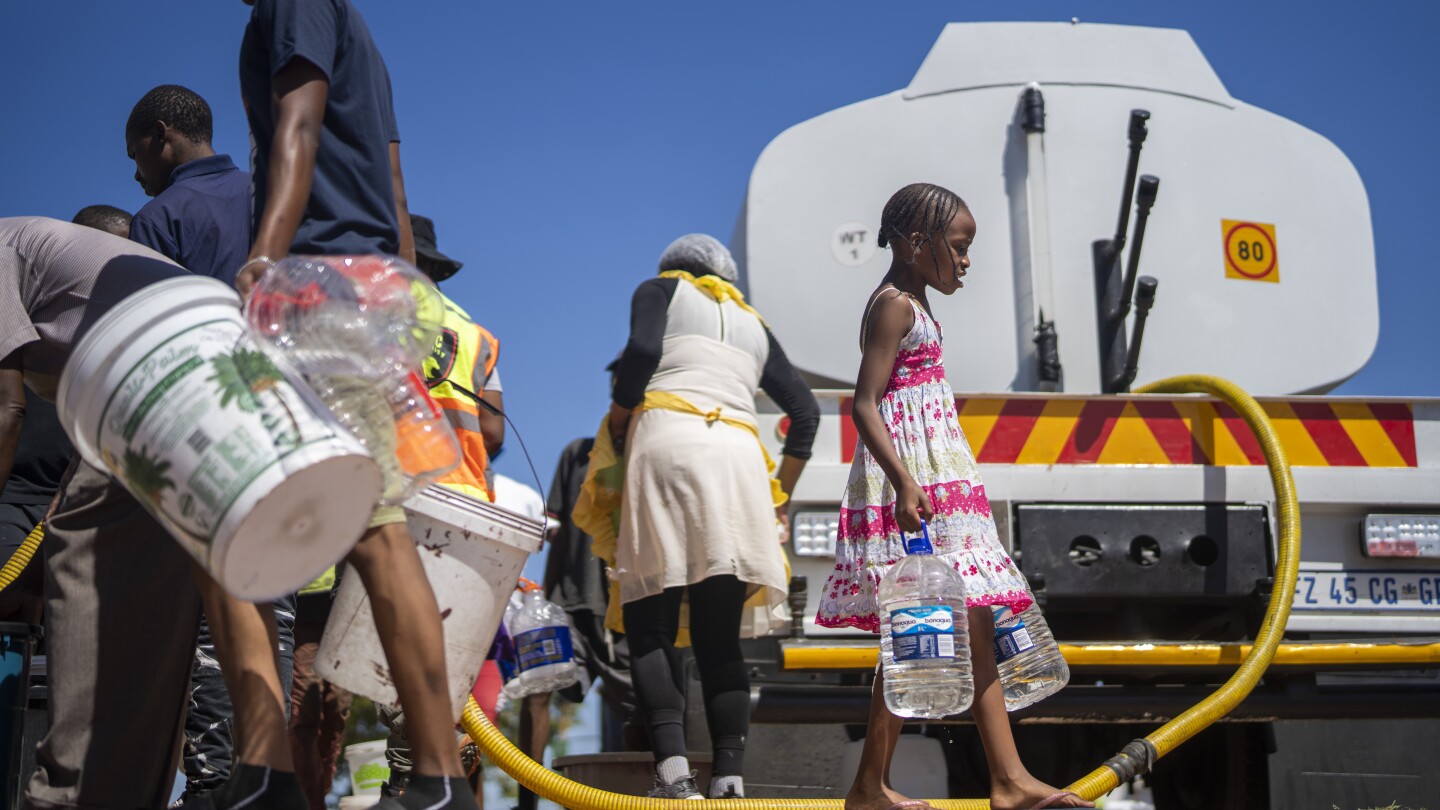What we all have to look forward to in the near future
For two weeks, Tsholofelo Moloi has been among thousands of South Africans lining up for water as the country’s largest city, Johannesburg, confronts an unprecedented collapse of its water system affecting millions of people.
Residents rich and poor have never seen a shortage of this severity. While hot weather has shrunk reservoirs, crumbling infrastructure after decades of neglect is also largely to blame. The public’s frustration is a danger sign for the ruling African National Congress, whose comfortable hold on power since the end of apartheid in the 1990s faces its most serious challenge in an election this year.
A country already famous for its hourslong electricity shortages is now adopting a term called “watershedding” — the practice of going without water, from the term loadshedding, or the practice of going without power.



This is the best summary I could come up with:
The public’s frustration is a danger sign for the ruling African National Congress, whose comfortable hold on power since the end of apartheid in the 1990s faces its most serious challenge in an election this year.
Much of it dates to the years just after the end of apartheid, when basic services were expanded to the country’s Black population in an era of optimism.
In Johannesburg, run by a coalition of political parties, anger is against authorities in general as people wonder how maintenance of some of the country’s most important economic engines went astray.
In recent days, even residents of Johannesburg’s more affluent and swimming pool-dotted suburbs have found themselves relying on the arrival of municipal water tankers, which came as a shock to some.
Water cuts have become so frequent that he urges residents to reserve any supply they can find, especially when he said authorities give little or no warning about upcoming shortages.
The Associated Press receives financial support for global health and development coverage in Africa from the Bill & Melinda Gates Foundation Trust.
The original article contains 855 words, the summary contains 178 words. Saved 79%. I’m a bot and I’m open source!